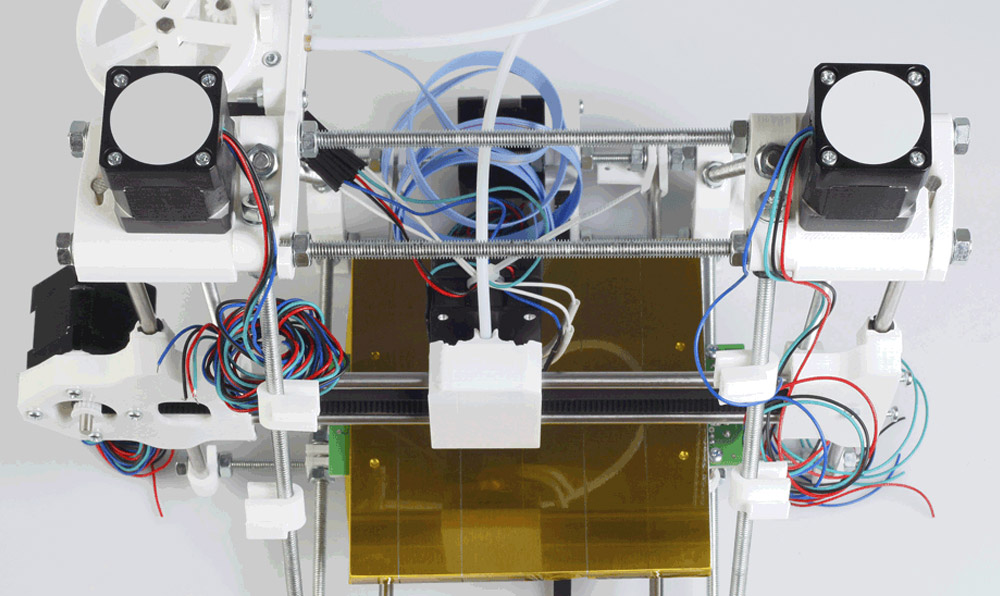Sometimes getting through export compliance can feel like wading through a kind of alphabet soup, or something even more incomprehensible.
Case in point? Recently, the DOC’s BIS issued more rules related to revising the CCL, as well as parts of the EAR addressing ECCNs and the WA’s List of Dual-Use Goods and Technologies. For those keeping up, that’s the Department of Commerce, Bureau of Industry and Security, Commerce Control List, Export Administration Rules, and Wassenaar Arrangement, respectively.
So what’s changed? There are changes in almost every category—Electronics (Category 3), Computers (Category 4), Telecommunications (Category 5 Part 1), and Information Security (Category 5 Part 2), to name just a few. [i]
One such change is in Category 4, Computers, where BIS has raised high-performance computer control Adjusted Peak Performance (APP) level from 12.5 to “16 Weighted TeraFLOPS” (“WT”—yet another acronym to keep track of!) which went into effect on September 25; a change that one could assume is in response to advancements in processing speed recently revealed by Intel and others.[ii]
Other changes involve controls such as those in Category 5 Part 2, “Information Security,” which reads “an exclusion made in Note 4 for entertainment, mass commercial broadcasts, digital rights management, or medical records management is moved to Technical Note 1 to clarify the encryption used in these functions is not considered ‘cryptography for data confidentiality.’”[iii] This classification means that the encryption is not primarily for “information security,” which affects their handling.[iv]
Additional revisions have to do with license exceptions, such as those for Low Value Shipments (LVS) to ECCN 3A991.b.12, and Group B Country (GBS) eligibility to ECCN 2A001.b.14. The list goes on. Among one of the more interesting license-related changes occurred in support of the Cuban people, whereby license exemptions are now in place for “certain exports and re-exports to Cuba that are intended to support the Cuban people by improving their living conditions and supporting independent economic activity; strengthening civil society in Cuba; and improving the free flow of information to, from, and among the Cuban people.”[v] Other license exceptions for humanitarian reasons are also on the books.
What does it mean for exporters?
While these changes may seem minor in nature, they’re reflective of the true nature of the world we live in. One witnessing ever-constant technological innovation and a world political situation that is always in flux. The takeaway here is the importance of keeping abreast of the changes—and ensuring you’re applying those changes applicable to you. Only then can you be truly export compliant.
[i] Export Administration Regulation Downloadable Files. Bureau of industry and Security. https://www.bis.doc.gov/index.php/regulations/export-administration-regulations-ear. Accessed October 24, 2017
[ii] Intel reveals its most powerful PC chip yet: The 18-core, teraflop-speed Core. Tech Republic. May 30, 2017. i9. https://www.techrepublic.com/article/intel-reveals-its-biggest-desktop-chip-yet-the-18-core-teraflop-speed-i9/. Accessed October 24, 2017
[iii] Commerce Control List, Category 5 – Telecommunications and “Information Security.” Bureau of Industry and Security. August 2017. https://www.bis.doc.gov/index.php/documents/regulations-docs/federal-register-notices/federal-register-2014/951-ccl5-pt2/file. Accessed October 24, 2017
[iv] Commerce Control List, Category 5 – Telecommunications and “Information Security.” Bureau of Industry and Security. August 2017. https://www.bis.doc.gov/index.php/documents/regulations-docs/federal-register-notices/federal-register-2014/951-ccl5-pt2/file. Accessed October 24, 2017
[v] License Exceptions. Bureau of Industry and Security. June 2017. https://www.bis.doc.gov/index.php/documents/regulation-docs/415-part-740-license-exceptions/file. Page 64. Accessed October 24, 2017. Accessed October 24, 2017


